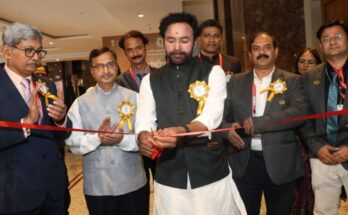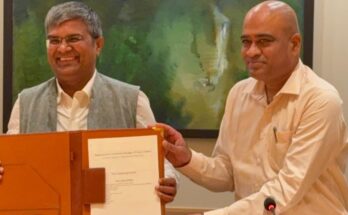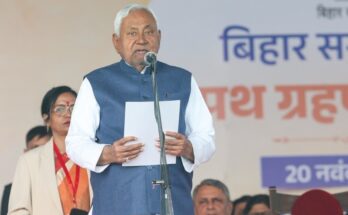New Delhi, In order to mitigate the impact of challenges thrown by the COVID-19 pandemic for out of school children, it was felt necessary for every State/UT to devise a proper strategy for preventing increased drop outs, lower enrollments, loss of learning and deterioration in the gains made in providing universal access, quality and equity in the recent years.
Thus the Ministry of Education had issued guidelines for identification, admission and continued education of migrant children.
In order to ensure that school going children have access to education with quality and equity and to minimize the impact of the pandemic on school education across the country, the Ministry of Education has prepared and issued detailed guidelines on steps to be taken by the States and UTs during school closure and when the school re-open.
The main features of the Guidelines are :
A. Continued Education for Out of School Children (OoSC) and Children with Special Needs (CWSN)
Continuation of non-residential training for identified Out of School children through volunteers, local teachers and community participation.
Continuation of home based education for CWSN children through Volunteers/ Special Educators.
B. Identifying Out of School Children
States and UTs to carry out proper identification of OoSC for 6 to 18 years age group through a comprehensive door to door survey and prepare action plan for their enrolment
C. Enrolment Drives and Awareness Generation
1-Enrolment drives may be undertaken at the beginning of academic year such as Praveshotsav, School Chalo Abhiyan etc.
2-Undertake awareness generation among parents and community for enrolling and attendance of children
3-Create awareness on practicing 3 Corona appropriate behaviors – wear mask, six-feet distance and washing hands with soap for which IEC material shared on 06.11.2020 with the States & UTs.
D. Student Support while Schools are closed
1-Students to be provided support including counseling, large scale awareness & targeted home visits
2-Using Manodarpan web portal and tele-counseling number for counseling services and psycho-social support.
3-Distribution of educational material and resources, supplementary graded material, workshops, worksheets etc to support home-based education
4-Exploring option of classroom on wheels and classes in small groups at village level
5-Increasing the access of children to online/digital resources, TV Radio etc. to reduce learning loss
6-Ensuring easy and timely access to the provisions of uniforms, textbooks and MDM
7-Timely disbursement of stipend to enrolled CWSN girls through DBT
8-Strengthening of Child protection mechanism at local level
E. Student Support on School Reopening
1-Preparation and running of School readiness modules/Bridge course for initial period when the schools re-open so that they can adjust to the school environment and do not feel stressed or left-out.
2-Identification of students across different grades based on their learning levels
3-Relaxing detention norms to prevent drop out this year.
4-Ensuring reading with comprehension and numeracy skills by encouraging children to read books beyond syllabus and creative writing & problem solving.
5-Large-scale remedial programmes/Learning Enhancement programmes to mitigate learning loss and inequality.
F. Teacher Capacity Building
1-Effective utilization of the online NISHTHA training modules and online training module for Corona responsive behavior to be launched on DIKSHA portal soon.
2-Use of alternative Academic Calendar prepared by NCERT for joyful engagement of children in learning.




